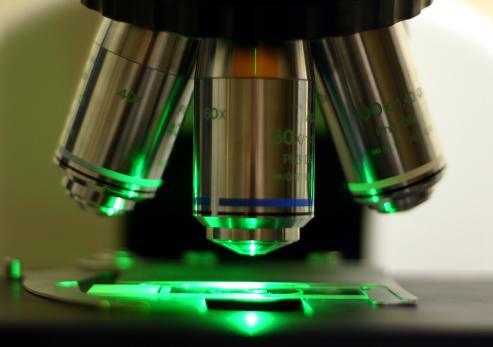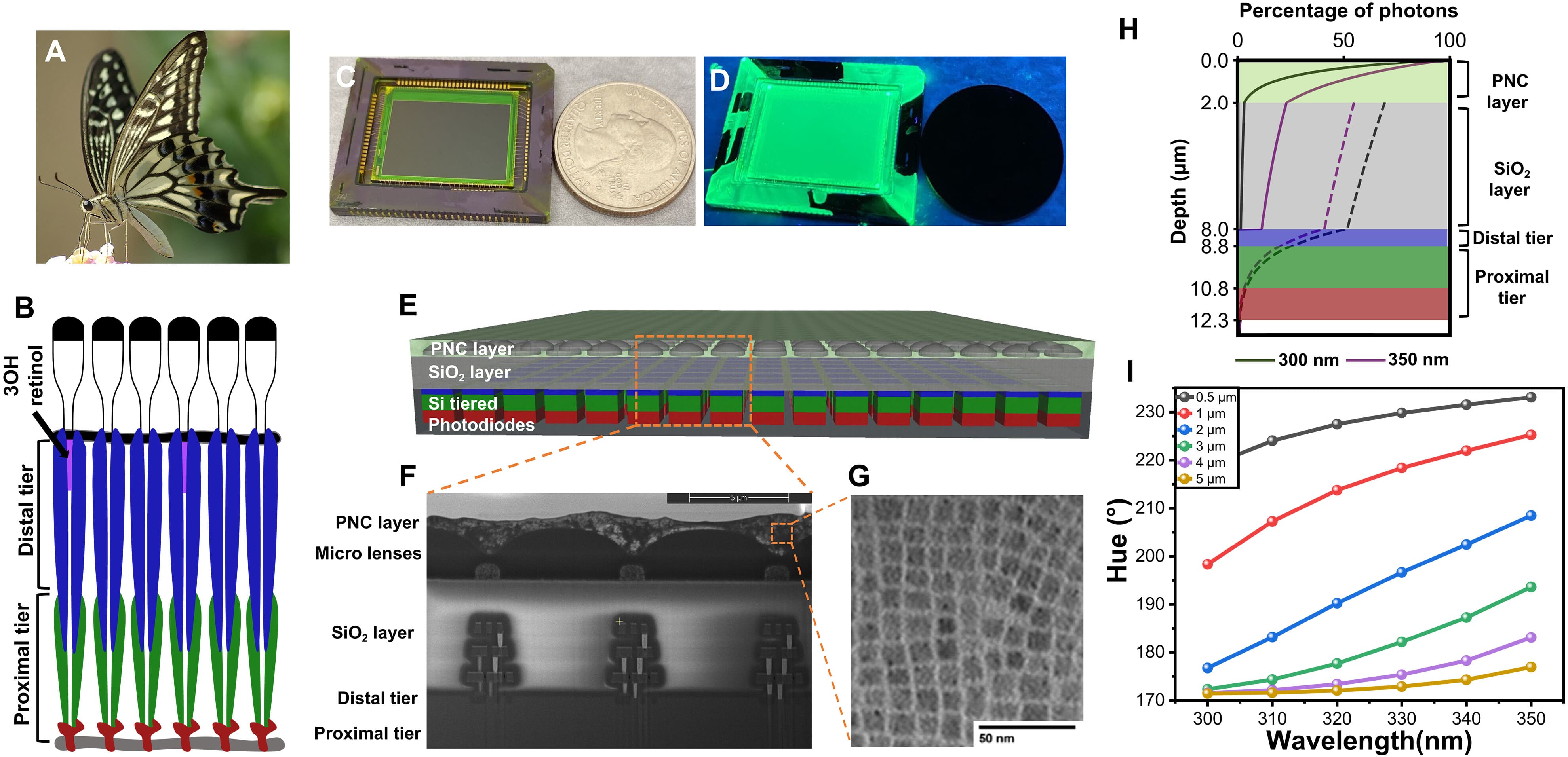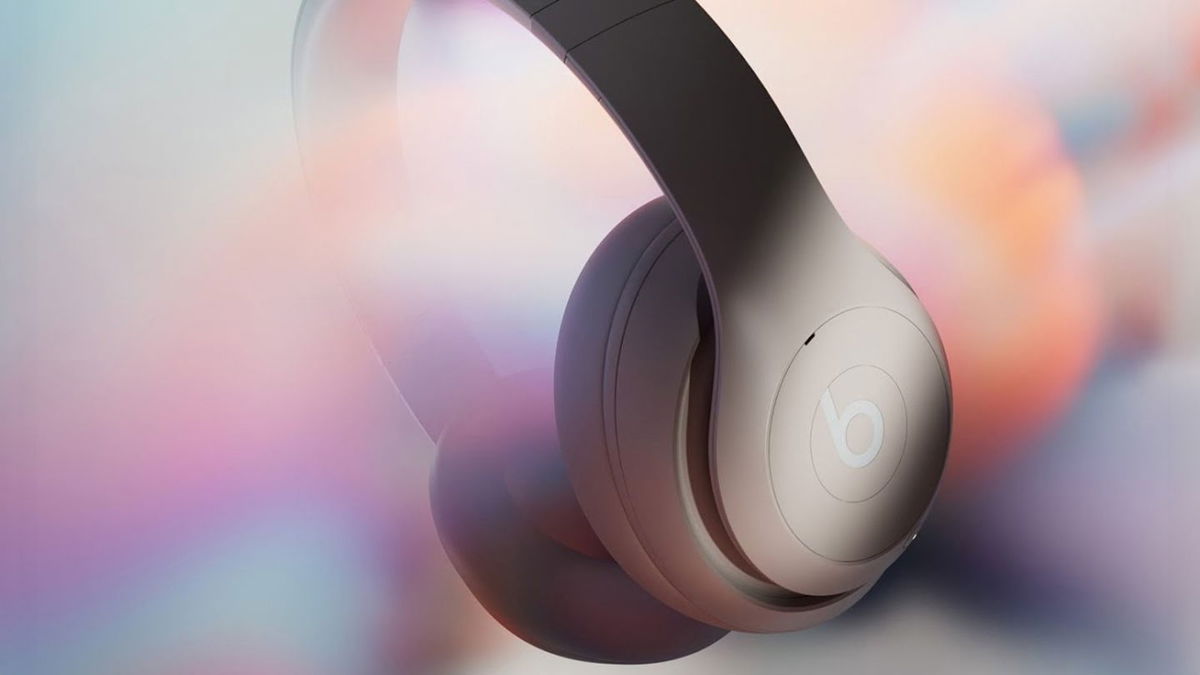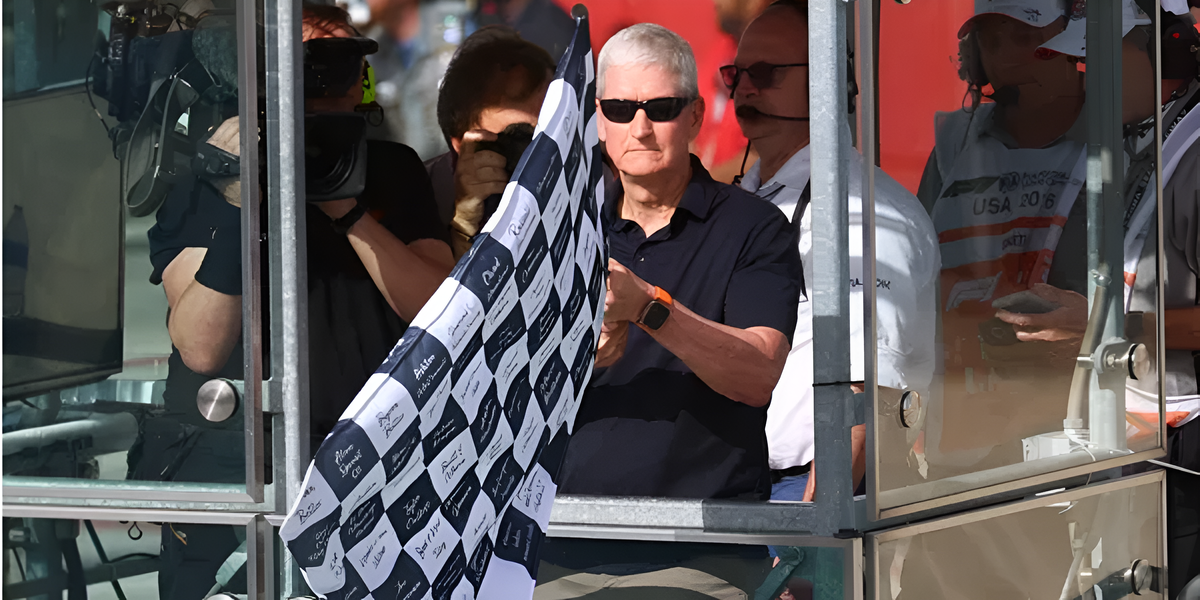Researchers at the University of Illinois Urbana-Champaign in the United States, A technology inspired by the visual system of Papilio xuthus butterflies that can detect cancer cells with 99% accuracy. The research was published in the journal Science Advances.
Some animals are endowed with abilities that are very interesting to humans. For example, the butterfly that inspired the research has a very interesting visual feature.
Humans have three photoreceptors that capture and interpret blue, green and red wavelengths. This causes the color spectrum visible to our eyes to be limited to the central range of the total light spectrum.
The butterfly that inspired the project has six types of photoreceptors. This visual upgrade allows this butterfly to capture images in the ultraviolet (UV) light range. And inspired by this visual flair, the University of Illinois at Urbana-Champaign team developed an image sensor that can “see” cancer cells.
Tumor cells have a different composition than normal cells and react strongly with some biomarkers.

How butterflies can help detect cancer
By focusing on reactions that occur in specific amino acids that “burn” when irradiated with ultraviolet light, cancer cells are highlighted in the image, making them easier to identify. So how can we see these?

Papilio xuthus’ bioinspired system is a CMOS sensor composed of photodiode layers, perovskite nanocrystals, and silicon-based image sensors. By capturing UV light, the technology can target and recognize cancer cells with 99% accuracy.
Its creators argue that this tool can be used in excision surgeries, where the doctor must define a safety margin with maximum precision, determining where cancer tissue ends and healthy tissue begins.

The better the recognition, the better the prognosis for cancer treatment and remission, preventing tumor cells from remaining and causing metastases.
Is technology specific to the medical field?
NO! There are several possibilities that the creation of this new technology brings to science, providing us with clues as to how we can study everything from small cells to large environments.
this technology It has the capacity to provide tools for work on a variety of fronts, including oceanography and other fields that could benefit from the use of ultraviolet light sensors.. Its full potential and usability will continue to be developed in the coming years.
Did you like the content and want to learn more about bioinspired engineering? Then discover how a winged robot can land on a branch all by itself. Stay tuned to TecMundo to stay up to date with the latest scientific research.
Source: Tec Mundo
I’m Blaine Morgan, an experienced journalist and writer with over 8 years of experience in the tech industry. My expertise lies in writing about technology news and trends, covering everything from cutting-edge gadgets to emerging software developments. I’ve written for several leading publications including Gadget Onus where I am an author.













